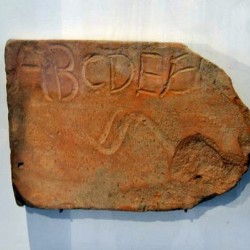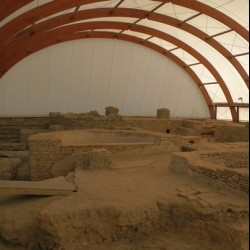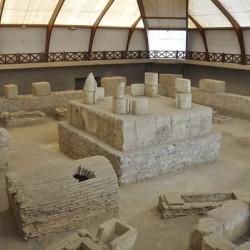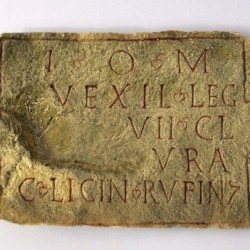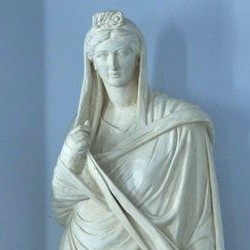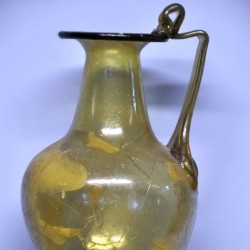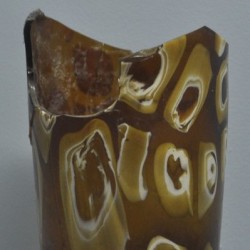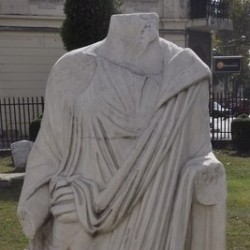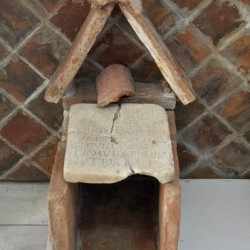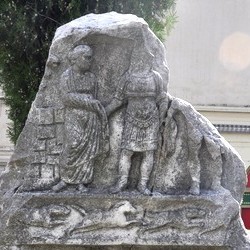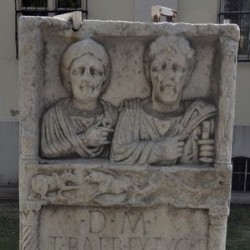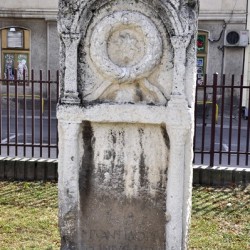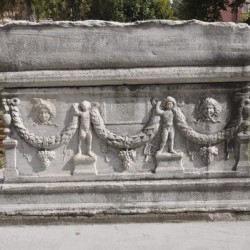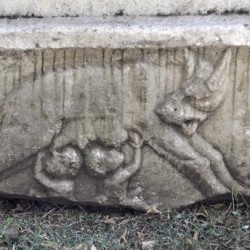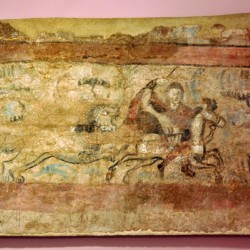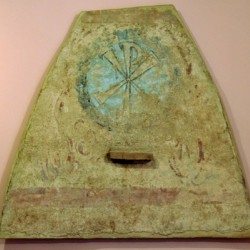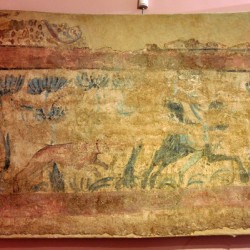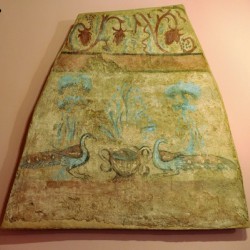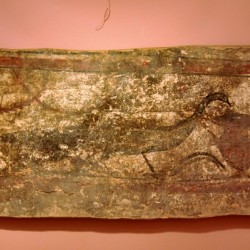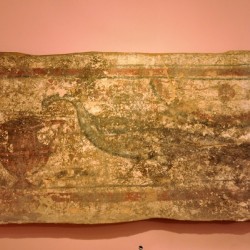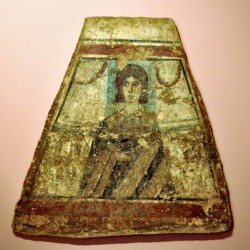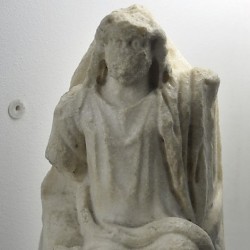Viminacium
Q1231824Viminacium: legionary base along the Danube, near modern Kostolac in Serbia.
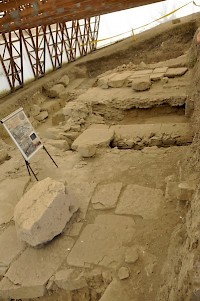
The ancient city of Viminacium is situated at the place where the river Mlava, the ancient Margus, empties itself into the Danube. This means that here, three important roads came together. In the first place, there's the road upstream along the Danube to Pannonia or (along the river Sava) to the Adriatic Sea. In the second place, there's the road downstream to Moesia and the Black Sea. And finally, there's the road along the Mlava to Naissus, Thessaloniki, and the Aegean. And of course you could also go to the north, to the Great Hungarian Plain. Three rivers and a plain: this was a very fertile area.
In the Iron Age, this was the eastern part of the land of the Scordisci, a tribe that belonged to the La Tène civilization and may be called "Celtic", although there wereThracian and Illyrian influences. A necropolis from the Iron Age has been identified at Pećine, close to Viminacium.
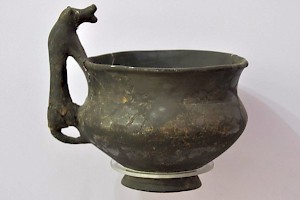
The Romans became interested in the region during the Illyrian Wars. It has been argued that the Fourth Legion Scythica stayed in Viminacium (or the neighborhood) during the first half of the reign of the emperor Augustus; the area appears to have been pacified in 12/11. Another unit that may have stayed here for a short while, is the Fourth Legion Flavia Felix, which took part in Domitian's war against the Dacians after 86. However, it would soon find its permanent base in Singidunum (Belgrade), and Viminacium was to be the permanent base of the Seventh Legion Claudia.

During the Dacian Wars of the emperor Trajan, in 101-102 and in 105-106, Viminacium appears to have been the headquarters of the Roman army. The famous bridge of Trajan, which Apollodorus of Damascus built across the Danube, was only some 115 kilometers to the east of the legionary base of VII Claudia.
The city also played a vital role in the civil administration of this part of the Roman Empire. Viminacium was the place where the procurator of Moesia Superior had his office: this man was in charge of the taxes and the imperial domains, and was a very important official.
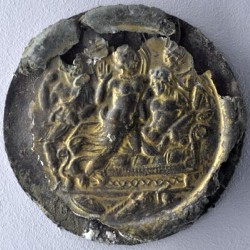 Viminacium, Disk with erotic scene |
 Viminacium, Necklaces |
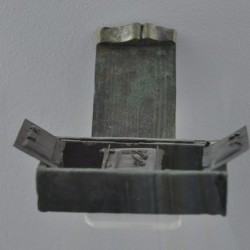 Viminacium, Medicine box |
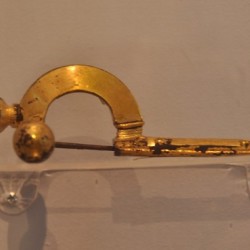 Viminacium, Crossbow fibula |
Viminacium was probably the place where, in 196, the emperor Septimius Severus proclaimed his son Caracalla Caesar. This may not have been a terribly important event, because it was already clear that Caracalla was the intended successor of Severus, but it is nevertheless significant that happened over here, where three roads came together and the news could be spread all over the Empire very rapidly.
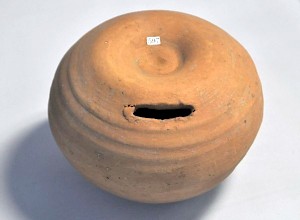
In 239, the emperor Gordian III gave the city the rank of colonia. Coins were minted here too, and this was the place where, in 285, Diocletian overcame his rival Carinus.note When the provinces were rearranged, Viminacium became the capital of Moesia Prima.
The mid-third century mausoleum is an interesting archaeological discovery. Situated in an enclosure of about 20x20 meters, this was the final resting place of a wealthy young man; an older woman has been buried in a separate tomb within the same enclosure. It has been assumed that these were the tombs of one of the sons of the emperor Decius (r.249-251), Herennius (died 251), and of Herennia Etruscilla.
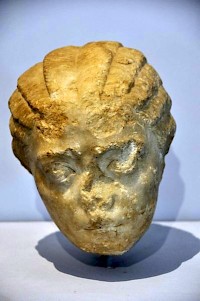
In the fourth century, Viminacium was still the base of the Seventh Legion Claudia, although it was, by now, a much smaller unit than it once had been. We also find a cavalry unit over here, and it appears that the city was the place where the prefect of the Danube Fleet had his office. It comes as no surprise that this was the place of a meeting of the three sons of Constantine the Great (Constantine II, Constantius II, Constans), who had to arrange how they would govern the Roman world after their father's death.
The city, which had a Christian community of some importance, had a bishop and was raised to the rank of archdiocese in 535. This was during the reign of Justinian, who did much to restore Viminacium's fortunes after the Huns of king Attila had occupied the Middle Danube area. Justinian's work, described by Procopius,note turned out to be an only temporary improvement. In 582, the Avars arrived and took control of this area. The Byzantine emperor Heraclius (r.610-642) managed to restore order.
